Henrik Hellström
Optimal Receive Filter Design for Misaligned Over-the-Air Computation
Sep 27, 2023
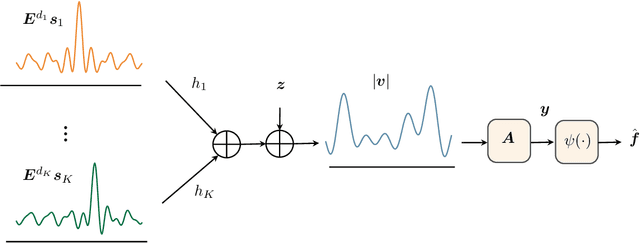
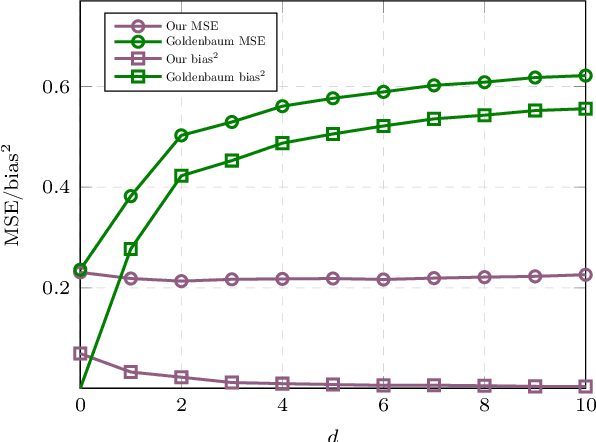
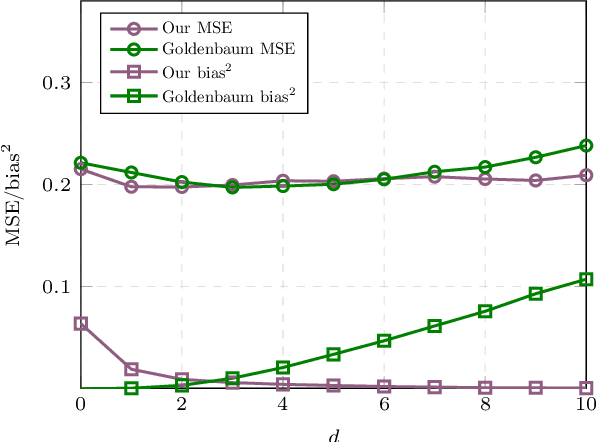
Abstract:Over-the-air computation (OAC) is a promising wireless communication method for aggregating data from many devices in dense wireless networks. The fundamental idea of OAC is to exploit signal superposition to compute functions of multiple simultaneously transmitted signals. However, the time- and phase-alignment of these superimposed signals have a significant effect on the quality of function computation. In this study, we analyze the OAC problem for a system with unknown random time delays and phase shifts. We show that the classical matched filter does not produce optimal results, and generates bias in the function estimates. To counteract this, we propose a new filter design and show that, under a bound on the maximum time delay, it is possible to achieve unbiased function computation. Additionally, we propose a Tikhonov regularization problem that produces an optimal filter given a tradeoff between the bias and noise-induced variance of the function estimates. When the time delays are long compared to the length of the transmitted pulses, our filter vastly outperforms the matched filter both in terms of bias and mean-squared error (MSE). For shorter time delays, our proposal yields similar MSE as the matched filter, while reducing the bias.
Over-the-Air Federated Learning with Retransmissions
Nov 19, 2021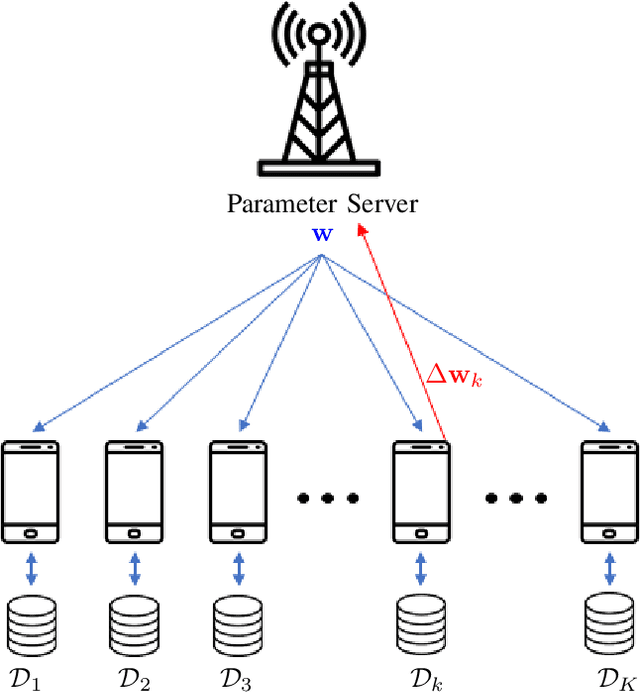
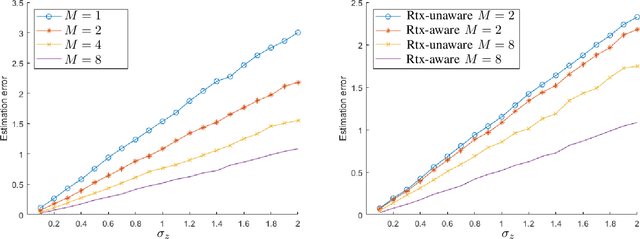
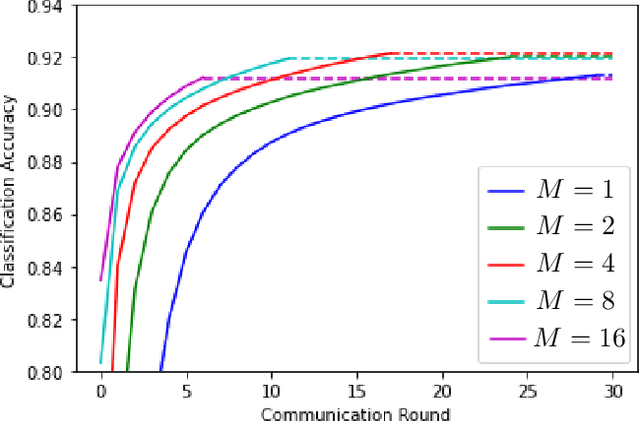
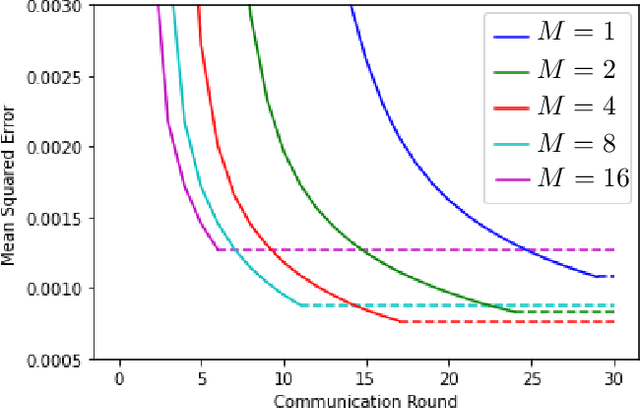
Abstract:Motivated by increasing computational capabilities of wireless devices, as well as unprecedented levels of user- and device-generated data, new distributed machine learning (ML) methods have emerged. In the wireless community, Federated Learning (FL) is of particular interest due to its communication efficiency and its ability to deal with the problem of non-IID data. FL training can be accelerated by a wireless communication method called Over-the-Air Computation (AirComp) which harnesses the interference of simultaneous uplink transmissions to efficiently aggregate model updates. However, since AirComp utilizes analog communication, it introduces inevitable estimation errors. In this paper, we study the impact of such estimation errors on the convergence of FL and propose retransmissions as a method to improve FL convergence over resource-constrained wireless networks. First, we derive the optimal AirComp power control scheme with retransmissions over static channels. Then, we investigate the performance of Over-the-Air FL with retransmissions and find two upper bounds on the FL loss function. Finally, we propose a heuristic for selecting the optimal number of retransmissions, which can be calculated before training the ML model. Numerical results demonstrate that the introduction of retransmissions can lead to improved ML performance, without incurring extra costs in terms of communication or computation. Additionally, we provide simulation results on our heuristic which indicate that it can correctly identify the optimal number of retransmissions for different wireless network setups and machine learning problems.
Wireless for Machine Learning
Sep 01, 2020
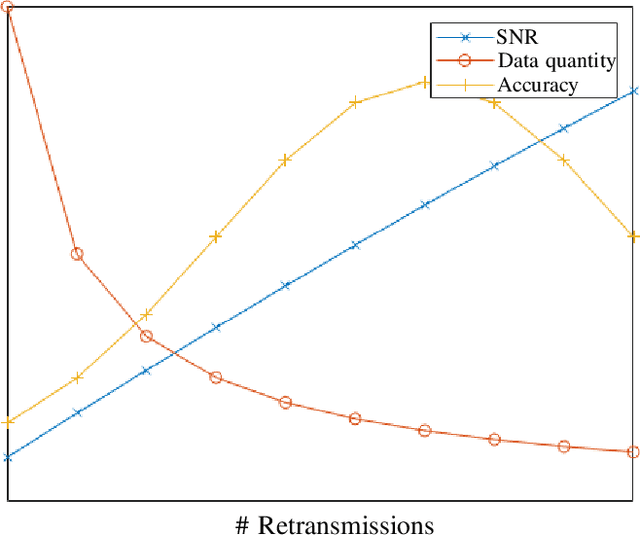
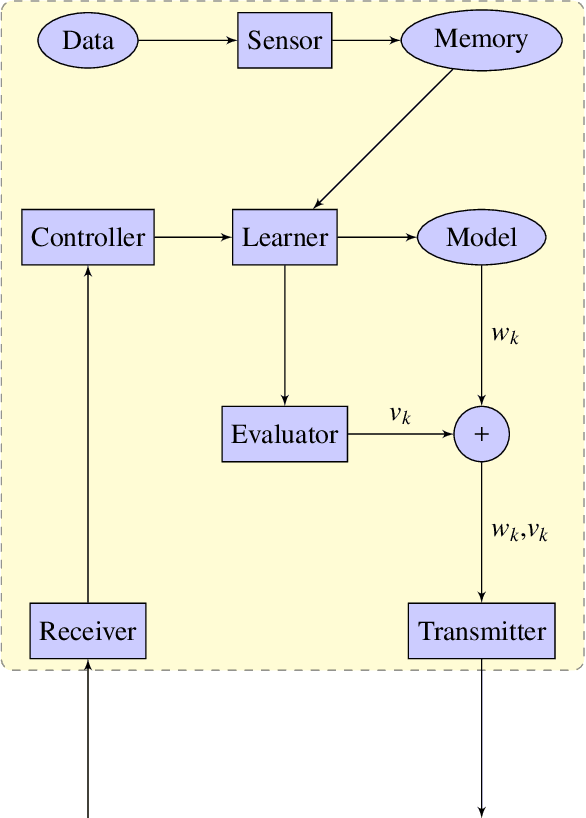
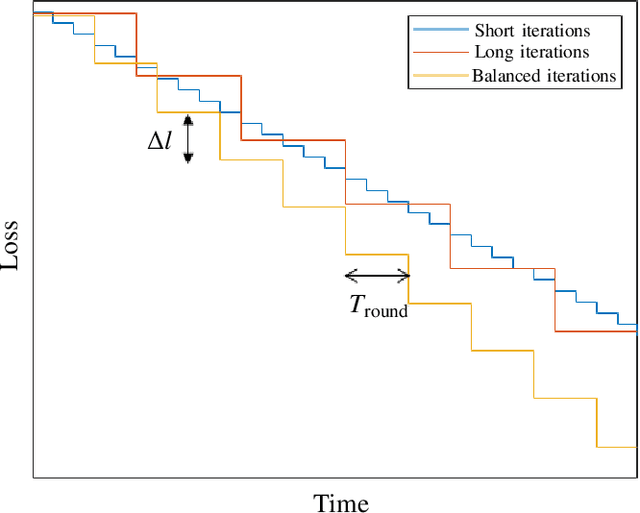
Abstract:As data generation increasingly takes place on devices without a wired connection, Machine Learning over wireless networks becomes critical. Many studies have shown that traditional wireless protocols are highly inefficient or unsustainable to support Distributed Machine Learning. This is creating the need for new wireless communication methods. In this survey, we give an exhaustive review of the state of the art wireless methods that are specifically designed to support Machine Learning services. Namely, over-the-air computation and radio resource allocation optimized for Machine Learning. In the over-the-air approach, multiple devices communicate simultaneously over the same time slot and frequency band to exploit the superposition property of wireless channels for gradient averaging over-the-air. In radio resource allocation optimized for Machine Learning, Active Learning metrics allow for data evaluation to greatly optimize the assignment of radio resources. This paper gives a comprehensive introduction to these methods, reviews the most important works, and highlights crucial open problems.
 Add to Chrome
Add to Chrome Add to Firefox
Add to Firefox Add to Edge
Add to Edge